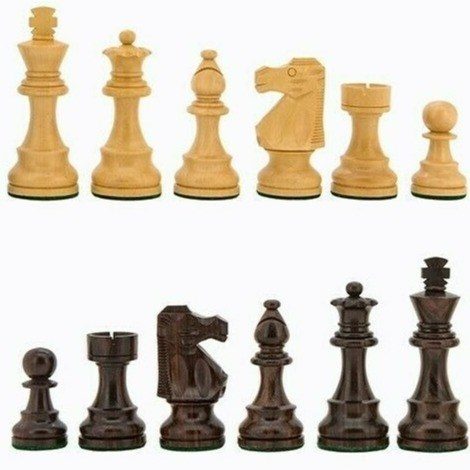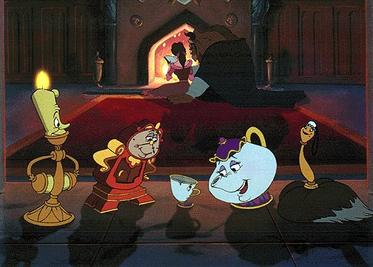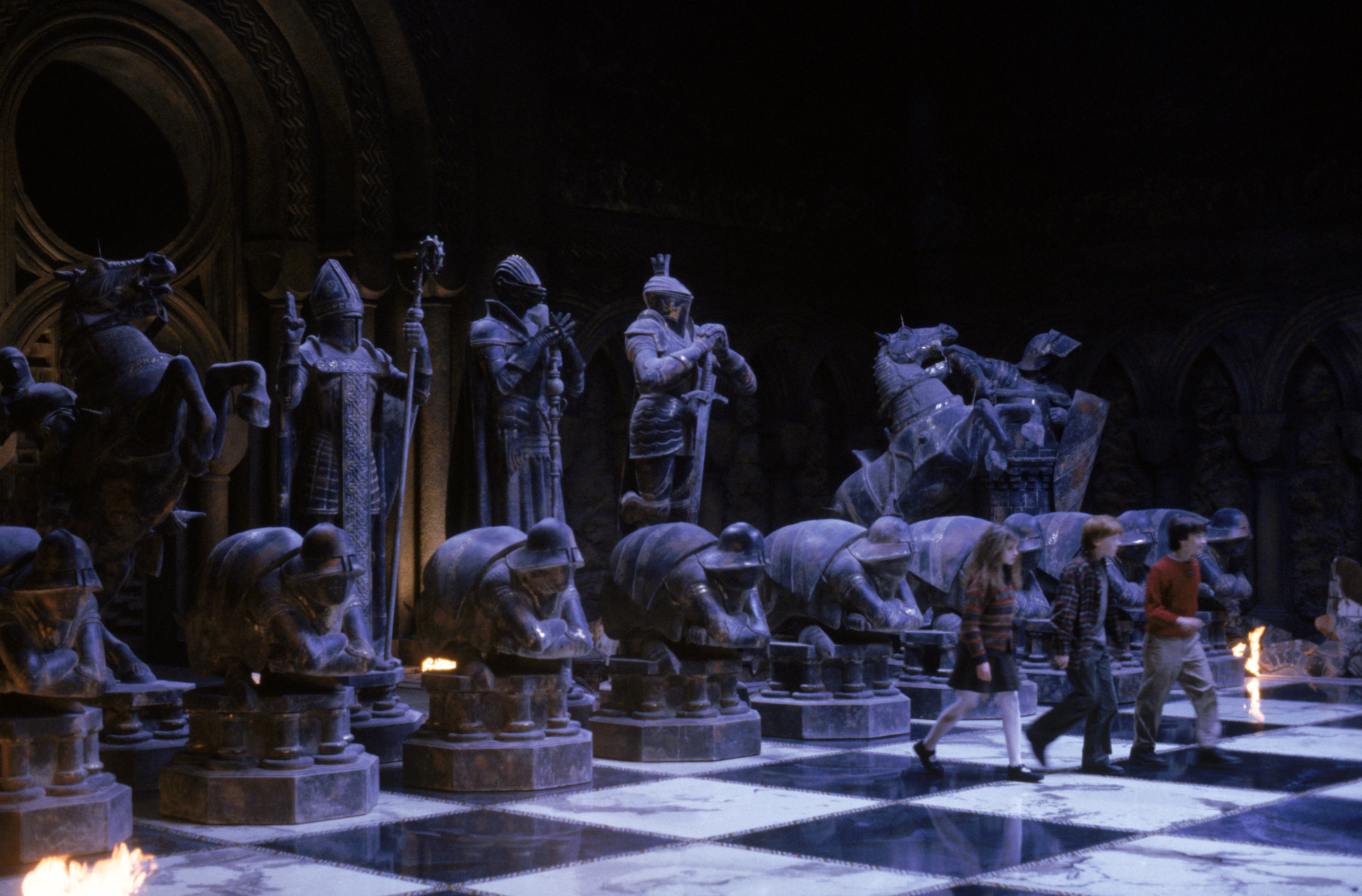CHESSPIONAGE – Strategical
chess game with radically different rules and new pieces, also made to explore character design
The concept for my project will be a game that functions similar to the
well known game Chess, however the goal in this game will be to direct the King
piece to a pre-determined goal on the board, which will be filled with
obstacles, enemy pieces and pieces of your own to command as a means of
defence.
The King piece will work similarly, as normal, moving 1 space in any direction.
Every other normal chess piece works the same way. The goal for the King is to
move him to the goal on a space on the board. There’s the risk of being put in
check by the opposite colour of pieces, and a Game Over is achieved when
Checkmate is met.
The new pieces introduced will work in the same vein as the existing chess
pieces but will have new ways to move and capture opponents, such as the Dragon
and Archer that can make ranged captures from where they stand on the board,
the Thief who can steal back captured pieces that match the ones it captures,
and the Jester who can be moved by both players simultaneously, acting much
like a Wild Card piece for unexpected plays.
Through my skills in character design, I feel that I will be able to bring a
new visual twist to a seemingly ordinary chess board, to make the experience
something more mystical and fantastical, much like what is seen in a fantasy
novel, including varied environments that makes the checkboard play area much
more interesting, as well as new pieces that can be controlled and defeated as
you progress. This will also help to humanize the chess pieces to make each
piece actual characters that have larger-than-life personalities, which will
make them more interesting. Pictured here is a nromal chess sert.
Pictured here is a nromal chess sert.
There are many different variations to design the six main pieces , usually with cultural relevance, or based on popular culture, integrating existinc characters as the chess archetypes, to a clever or humerous degree.
While the chess pieces look more like people, they still retain their traits
and features from their average appearances, such as their roles on the board
as well as physical appearances, such as the crowns and helmets retaining an
identical appearance to the tops of the pieces that they represent.
The inspiration for this project has come from strategy games that I have
played in the past, such as the Fire Emblem games, Dofus and Wakfu, and the
game of Chess itself, which has been a game I have been fascinated with since
learning about it many years ago. The game of chess itself is a popular
worldwide game of strategy to measure peoples’ intellect, with many different
variations and rules, some of them very insightful and entertaining, whilst
others are for more impractical and humerous setups and playstyles, whereas a
project such as Chesspionage will breathe a modern and approachable twist to
the original Chess formula.
THINGS TO RESEARCH:
In designing my game, how am I demonstrating to my tutor that I am referencing
other designers to develop this idea and my design skills?:
I am demonstrating my strengths as a character designer through taking a normal
object and breathing human characteristics into it, making it walk and talk is
one way to make something appealing, whilst also giving it features that still
retain its familiarity.
Look into how anthropomorphising is portrayed in media, how does it work, what
traits should stay the same?:
When anthropomorphising an object into a character, one thing that is important
is how you can give that object emotions, of how it can move like a living
creature, even a human. Since chess pieces are already designed with human
characteristics and roles in mind, the process is a lot more elegant. The
characteristics that I am deciding to keep with this design philosophy are the
roles of each piece, including the top of the pieces being retained as a crown,
hat or helmet, and the bases of each piece staying intact, acting as the feet
of each character. This may be a hindrance, but it can also mean that each
piece can move around in different ways, such as sliding, hovering and hopping
around to each space it must go to, most likely to capture a piece.
Justify your design points by explaining why they work.
My design points are effective because they take something like a mundane chess piece which already has significance in content of the chess game, and gives each piece its own character and identity. Each individual piece can be its own character as the archetypes of each piece are already well established as part of the original game. Rooks, Knights and Queens, for example, are very powerful, Pawns are plentiful but can only move in a limited way, and the King, whilst very important, can only move more limitedly to a Queen.
These traits are carried over by the Rooks being portrayed as strong and powerful, clad in full armour and a giant shield, being able to topple foes in its wake, the Queen having dominion over the board, much like she would do with her own kingdom, the Pawns strength in numbers compensating for its weakness, making a wall of defence, the Knights leaping over their comrades to enter the fray of battle, the Bishops using unconventional diagonal moves to strike at unsuspecting foes, and the King having to make carefully planned decisions in order to avoid danger.
List good examples of a mundane object (like chess) given life in games/animation etc:
Whilst not a chess set, The playing card soldiers in Alice In Wonderland each
look almost the same, save for their card patterns, and the king and queen
being very distinct from one another, which also creates a visual symbol of
authority between the soldiers and monarchs.
While not a videogame that involves chess inherently, the non-human characters from Beauty And The beast, also by Disney, serve as a great example of how to anthropromorphise objects to give them human traits, making them more welcoming. The objects chosen help to convey the characters' personalities through appearance alone.
They tell you instantly that Lumiere is a smooth, romantic type, being used for guidance and candlelit dinners, Cogsworth is methodical, stuffy and punctual, like an actual clock, and Mrs Potts is round, which makes her look more friendly, as she is seent o be very caring to bell and her son Chip, who is a little reckless, hence his name.
The Chess bosses (The King's Leap) from Cuphead: Delicious Last Course. Each boss, and the King piece, is distinctly designed with the rubber-hose animation
style in mind, whilst also functioning
as their own unique bosses that can be only parried to defeat.
The Cuphead’s King’s Leap boss rush is an effective design family as their
designs all share one theme and colour palette, whilst also acting very
uniquely within the game’s gameplay style as boss fights.
Wizard Chess, as seen in Harry Potter And The Philosopher’s Stone. The statues
that represent each piece are more realistically designed to be suits of
armour, and thus, more humanoid, which is effective in giving each piece a sense of power and foreboding. Their tall stature and size also helps to signify their importance.
The Wizard Chess scene works very well because they create an imposing
presence, being much larger than the main characters. They are commanded to
move by the same characters, which creates a larger-than-life feeling from the
atmosphere of the story as they move and capture each opposing piece,
shattering to rubble in the process, creating tension from the risk of a
Checkmate.

The game Inscryption sees the Scrybe of the Dead, Grimora, using a chessboard
for her brief inclusion of the game’s finale. Selecting what encounters to
fight and treasure chests to collect is done through a chessboard where you and
Grimora take turns moving your pieces, in between the card game matches that
follow up encountering her pieces. The symbolism matches Grimora’s gimmicks of
death and revival, as chess pieces are often depicted as being defeated when
captured. Another point to draw from this is her calculated and methodical
thought process which led to these events in the game transpiring.
Identify those designers and what they made work, read about them, see their process:



No comments:
Post a Comment